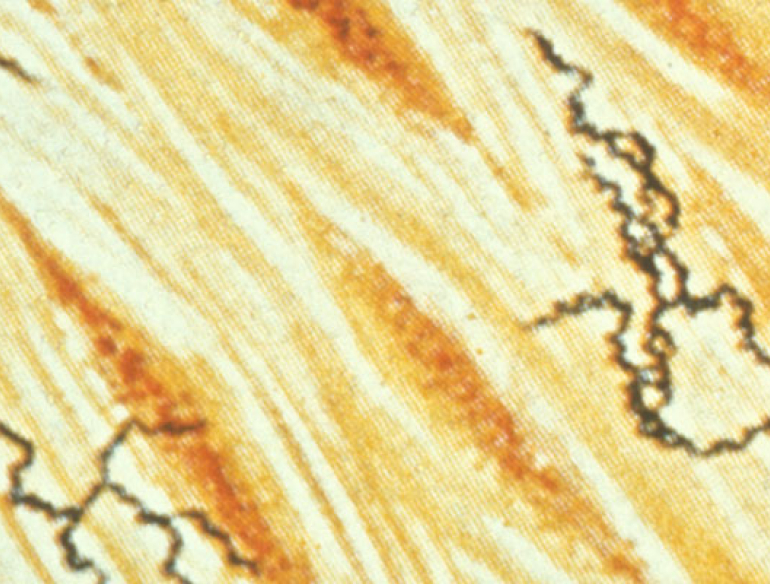- The outbreak response has contributed to a likely stabilisation of the outbreak and averted a substantially worse epidemic in regional and remote areas.
- The MJSO testing coverage data suggests that the percentage of people tested annually has almost doubled since 2013 overall and continued efforts will be required to maintain or increase this level of testing.
- To stabilize the outbreak requires at least 40% of the population to be tested annually for infectious syphilis.
- Testing more than 50% of the population would see declines in the epidemic but it would take more than 5 years to reduce infectious syphilis to pre-outbreak levels.
- Increasing annual testing coverage to at least 60% could reduce infectious syphilis to pre-outbreak levels within 3–5 years.
- If in addition to increasing annual testing coverage to at least 60%, annual population-wide testing reached more than 30% of the remote population over a 6-week period then infectious syphilis prevalence would return to pre-outbreak levels within the 2–4 years.
This report summarises key findings from mathematical modelling undertaken in 2018–2019 to provide insight into the infectious syphilis outbreak in Indigenous Australians occurring in regional and remote areas of Queensland, Northern Territory, South Australia and Western Australia. The research was undertaken by the Kirby Institute, UNSW Sydney, for the Multi-jurisdictional Syphilis Outbreak (MJSO) Working Group with funding from the Australian Department of Health. The main aim of the modelling was to evaluate the previous and future impact of the outbreak response and to assess the potential impact of expanded testing programs on the epidemic. A key outcome is to estimate what is required to turn around the increasing trajectory of the syphilis outbreak and return to the low level of infectious syphilis occurring prior to the outbreak in 2011. This report is intended to provide guidance, without specifying specific targets, to assist in the roll out of the enhanced response nationally and developing activity work plans in Aboriginal Community Controlled Health Services and other settings.
